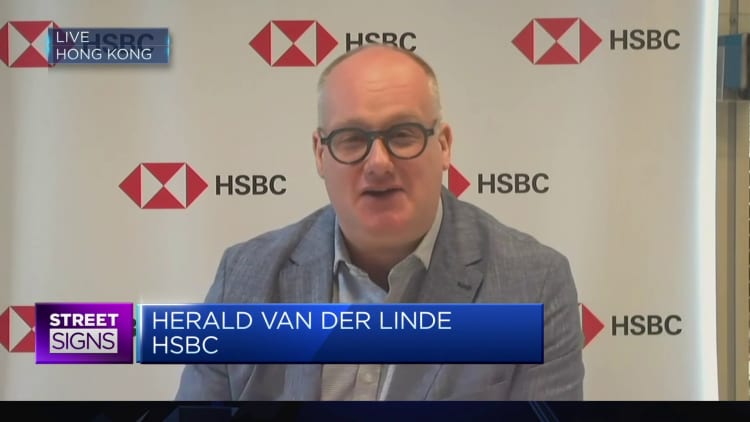Pictured here is a commercial residential property under construction on March 20, 2024 in Nanning, capital of southern China’s Guangxi Zhuang Autonomous Region.
Future publication | Future publication | Getty Images
BEIJING – China’s fiscal stimulus is losing its effectiveness and is more of a strategy to buy time for industrial and consumer policies, S&P Global Ratings senior analyst Yunbang Xu said in a report on Thursday.
The analysis used government spending growth to measure fiscal stimulus.
“In our view, fiscal stimulus is a buy-time strategy that could have some long-term benefits, if projects focus on reviving consumption or industrial upgrades that increase value-added,” Xu said.
China has set a GDP growth target of around 5% this year, a target many analysts have called ambitious given the level of stimulus announced. The head of the main economic planning agency said in March that China would “strengthen macroeconomic policies” and increase coordination among fiscal, monetary, employment, industrial and regional policies.
High debt levels limit the amount of fiscal stimulus a local government can undertake, regardless of whether a city is considered a high- or low-income region, the S&P report said.
The report said public debt as a share of GDP can range from around 20% for the high-income city of Shenzhen, to 140% for the much smaller, low-income city of Bazhong in the southwestern province of Sichuan.

“Given fiscal constraints and decreasing effectiveness, we expect local governments to focus on cutting red tape and taking other measures to improve the business environment and support long-term growth and living standards,” he said. S&P’s Xu said.
“Investments are least effective in between [the] drastic slowdown in the real estate sector,” Xu added.
According to official data released this week, fixed asset investment for the year so far accelerated in March compared to the first two months of the year, thanks to an acceleration of investment in the manufacturing sector. Investment in infrastructure slowed growth, while investment in real estate declined further.
Earlier this year, the Chinese government announced plans to support domestic demand with subsidies and other incentives for equipment upgrades and consumer product trade-ins. The measures are officially expected to create more than 5 trillion yuan ($704.23 billion) in annual equipment spending.
Officials told reporters last week that on the fiscal front, the central government would provide “strong support” for such upgrades.
S&P found that local governments’ fiscal stimulus was generally larger and more effective in wealthier cities, based on data from 2020 to 2022.
“Higher-income cities are at an advantage because they are less vulnerable to declining real estate markets, have stronger industrial bases and their consumption is more resistant to recessions,” Xu said in the report. “Industry, consumption and investment will remain the main drivers of growth in the future.”
“High-tech sectors will continue to drive China’s industrial upgrading and anchor long-term economic growth,” Xu said. “That said, excess capacity in some sectors could trigger lower prices in the near term.”